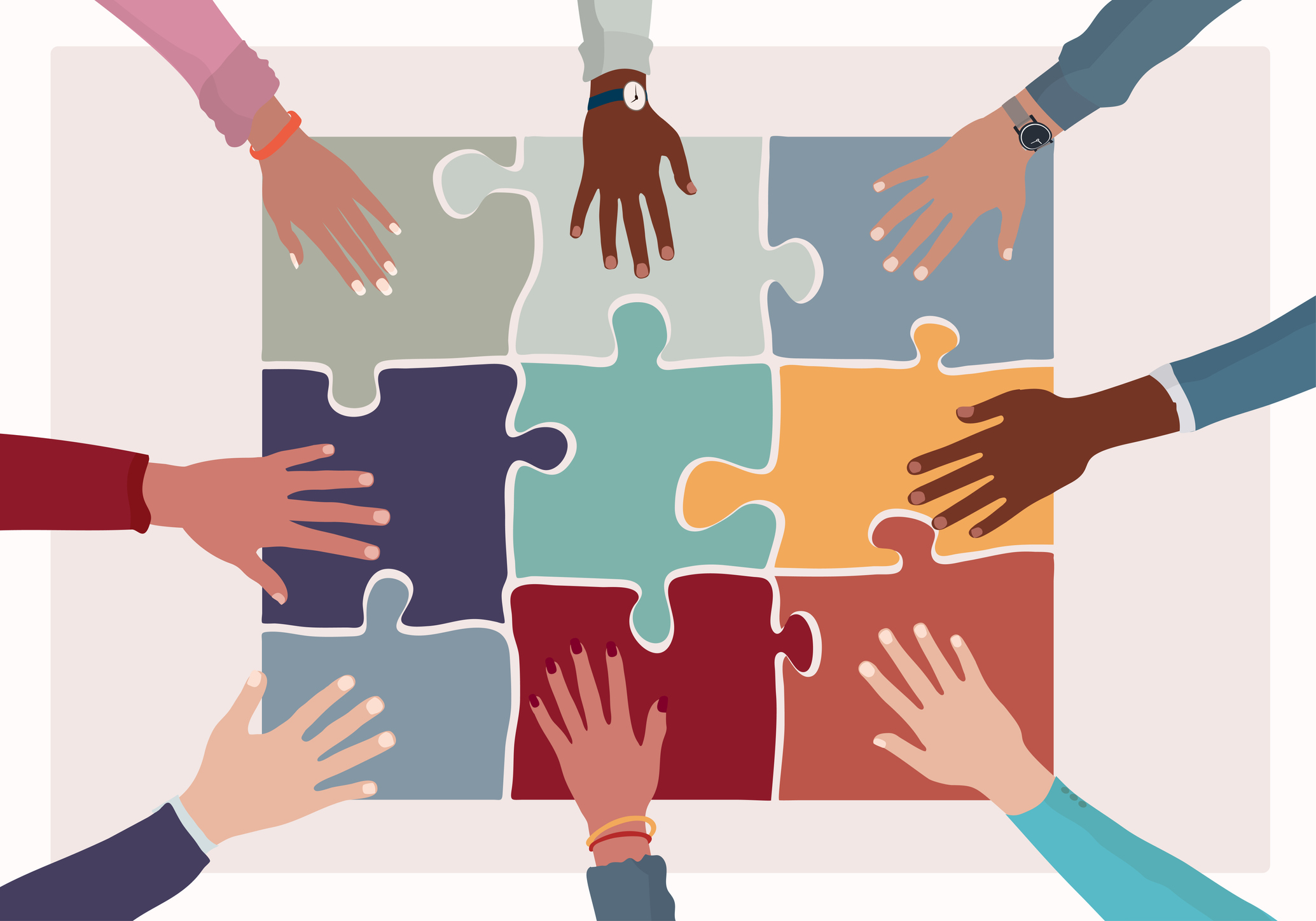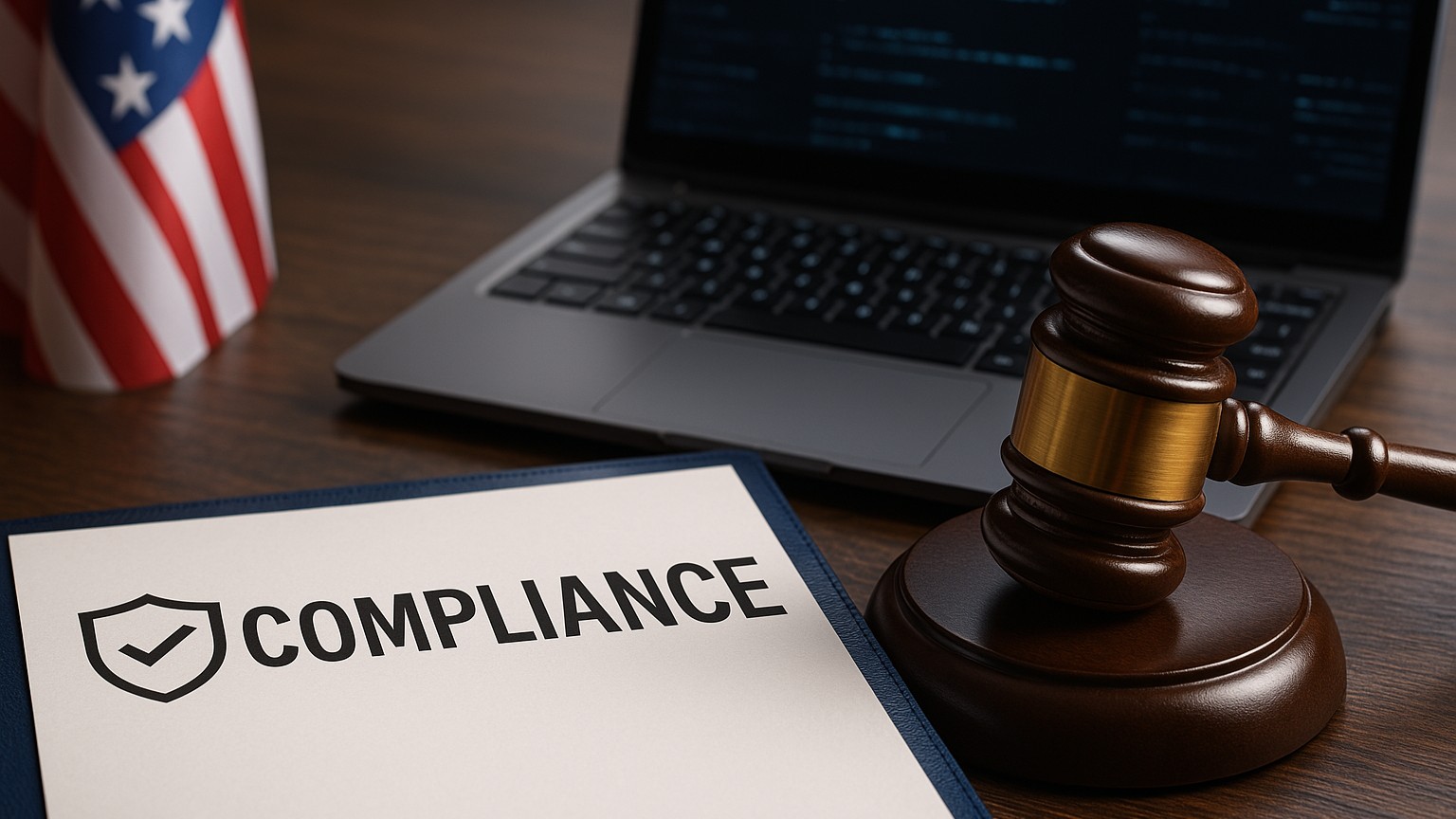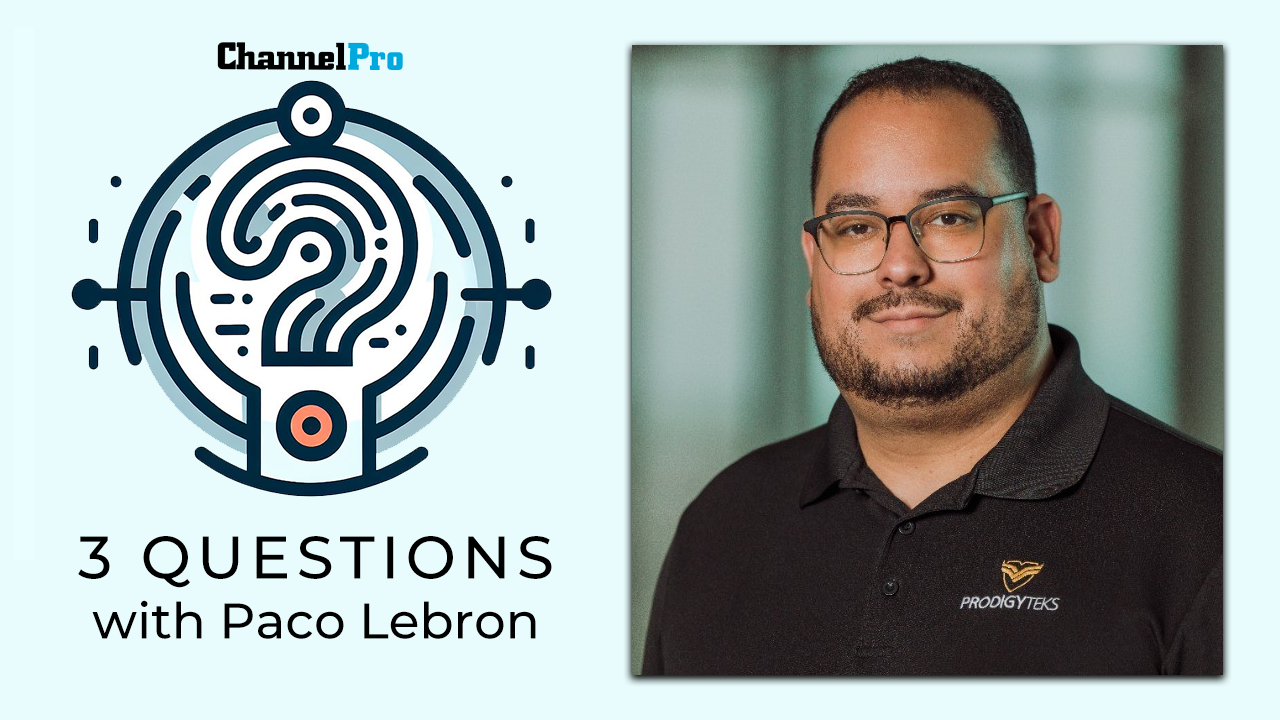THE VALUE OF DIVERSITY in the workplace isn’t up for debate.
“A diverse workforce represents the world we live in,” says Demetria Miles McDonald, CEO of business consulting firm Decide Diversity. “It represents society and the customers you’re serving. Organizations that embrace diversity benefit from a broader array of ideas and they are more in touch with customers.”
Yet despite the best intentions, many organizations stumble and even fail at diversity, equity, and inclusion (DEI) programs. Why? Simply establishing a program and hiring diverse employees isn’t enough.
A successful DEI program “revolves around making a commitment but also constructing a framework to make an initiative work,” says Raquel Wiley, vice president of marketing for cloud services firm NetFortris and chair of the Alliance of Channel Women’s DEI Committee.
One common mistake is a lack of clear objectives and metrics. A second mistake is underfunding the initiative. “The announcement of an initiative creates an initial wave of excitement,” Wiley says, “but then the organization doesn’t devote adequate resources to it and there’s no mechanism for measuring results.”
A third is appointing someone in the organization to head the initiative who lacks the necessary expertise or experience. Yet, even when the person leading the program is knowledgeable about DEI programs, success can prove elusive.
That’s because organizations may still be casting too narrow of a net for candidates, McDonald says. One myth is that they will have to lower their standards if they broaden the pool. Wiley says that nothing could be further from the truth: “There are many qualified candidates out there. It’s up to organizations to find them.”
Another stumbling block is that organizations often overlook “the inclusion and equity parts of the equation,” McDonald says, which impacts retention. Issues can range from managers passing over qualified candidates for promotions to microaggressions that occur on a daily basis. “When people don’t feel appreciated or perceive that they aren’t being treated fairly or equitably, they often leave.”
Ratcheting Up Results
Experts say there are several things that organizations can do to dramatically improve DEI initiatives.
First, as McDonald puts it: “Stop fishing in the same pond. Expand your searches to Historically Black Colleges and Universities (HBCUs), community centers, cultural organizations, and other entities that link to a more diverse set of candidates. “The benefits extend beyond hiring. It can lead to new clients,” she says.
Then establish a set of metrics and use data to measure results. These key performance indicators must encompass more than numbers, however. “It isn’t only that you are hiring a more diverse workforce, it’s that people—women, LGBTQ, older workers, veterans, and people of color—have opportunities to move up into the higher ranks of the organization,” Wiley explains.
It’s also essential to challenge the conventional thinking that a candidate must be “a good cultural fit.” This simply maintains the status quo rather than infusing new and fresh thinking.
McDonald advises modeling sensitivity and respect across the organization, rather than just relying on a basic diversity training program. “There must be an ongoing focus on equity and inclusion,” she stresses, “and there’s a need to call out inappropriate behavior.”
Adequate funding and the support of senior leaders are key, but sometimes it may be necessary to enlist an outside consultant who can see the strengths and weaknesses of a DEI initiative and assemble a more effective framework.
Finally, many DEI efforts benefit from a task force or committee comprising diverse members of the organization—and from all levels of the company—to provide input.
Concludes Wiley: “It isn’t enough to say that you’re making an effort or tell everyone how well you’re doing. It’s important to celebrate successes but also be honest and transparent—and admit where you can improve. Diversity, equity, and inclusion are an ongoing journey.”
Image: iStock














